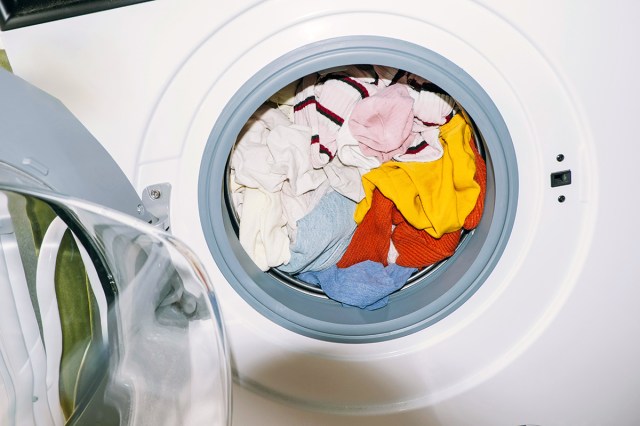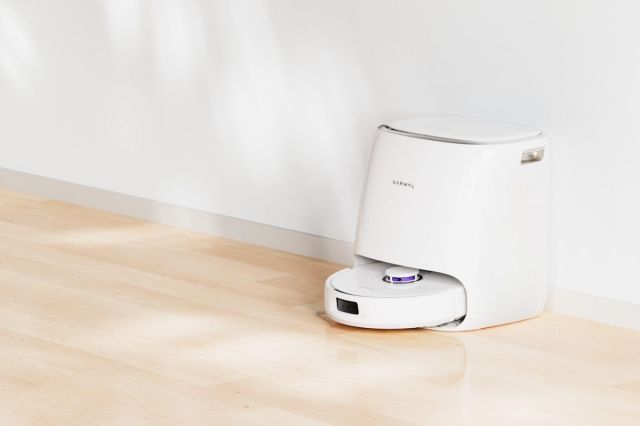All featured products and deals are selected independently and objectively by the author. Better Report may receive a share of sales via affiliate links in content.
I’ve been doing my own laundry for longer than I can remember, and over all these years, I haven’t given much thought to my routine. But as I’ve gotten older, I’ve come to realize that doing laundry properly can save me money by keeping clothes in good shape longer, including some handknit sweaters that mean a lot to me. If you haven’t thought much about your laundry routine, now might be a good time to reconsider it. Start by checking out this list of common mistakes people make to see if you need to make any tweaks.

Using the Wrong Amount of Detergent
Most of us are using too much laundry detergent. For top-loading washers, most loads require only about two tablespoons of detergent. A front-loading washing machine requires even less, between two teaspoons and one tablespoon, depending on how dirty the load is. When you add too much detergent, it may not fully rinse out of clothing, leaving residue behind that makes them feel stiff or sticky. It can even trap dirt and bacteria back in the fabric you were trying to get clean in the first place. And if you’re a fan of laundry detergent pods, we have bad news. When using pods, it’s hard to know if the dose is right. The best practice is to use liquid detergent, and much less of it than you’re probably used to.

Using the Hot Water Cycle
The hot water cycle can ruin your clothing over time. The heat breaks down clothing fibers, so pieces deteriorate more quickly than when washed in cold water. Hot water relaxes elastic fibers, causing leggings and swimwear to lose shape, and it fades bright colors. Use the hot water cycle only on clothes that need serious disinfecting, or on whites to keep them shining. Use a gentler cold-water cycle for shirts, pants, skirts, and delicates.

Overloading Your Washing Machine
When you overload your washing machine, clothes don’t have enough room to move around or properly soak in water, which is essential to loosen dirt and grime. It could also mean your detergent isn’t fully rinsed away, so your clothes may end up with residue. If you’re overloading your washer and using too much detergent, your clothes have little chance of actually coming out clean.
Reader Favorites
If you have a top-loading washing machine, your clothes should be loose in the tub. For a front-loading washer, you should be able to fit your hand comfortably on top of your clothes. If you have to cram things into your washing machine to get them to fit, it’s overloaded.

Using Dryer Sheets
Dryer sheets are a little tricky: they work wonders on some fabrics but can ruin others. You should not use dryer sheets on synthetic fabrics like polyester, nylon, acrylic, and spandex, as they can leave a damaging buildup behind. However, dryer sheets work well on natural fibers like cotton, linen, and wool. Many t-shirts, jeans, and bedding can benefit from a cycle with a dryer sheet to reduce static cling and improve your clothing’s smell.

Not Hanging Your Delicate Items to Dry
Delicate items require a little more care, both in their washing and drying. Handwashing is ideal, but you can usually machine-wash delicates in cold water on a gentle cycle. You might want to consider using a laundry soap specifically formulated for delicate fabrics. When the items are washed, hang or lay them flat to dry. Sweaters, especially, should be laid flat to dry, to help them keep their shape.
Featured Image Credit: Elena Helade / Unsplash+
More From Our Network
Better Report is part of Inbox Studio, which publishes content that uplifts, informs, and inspires.

















